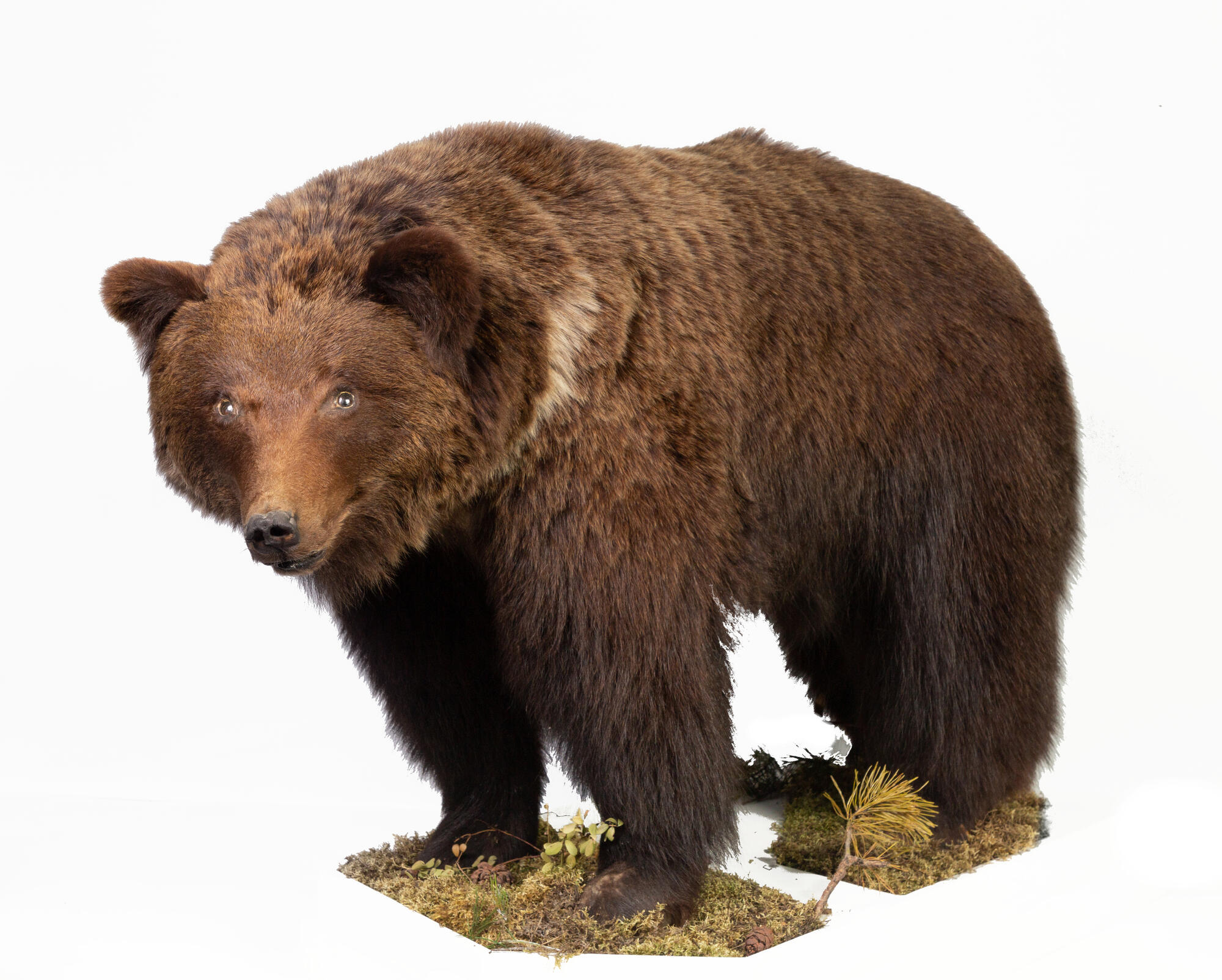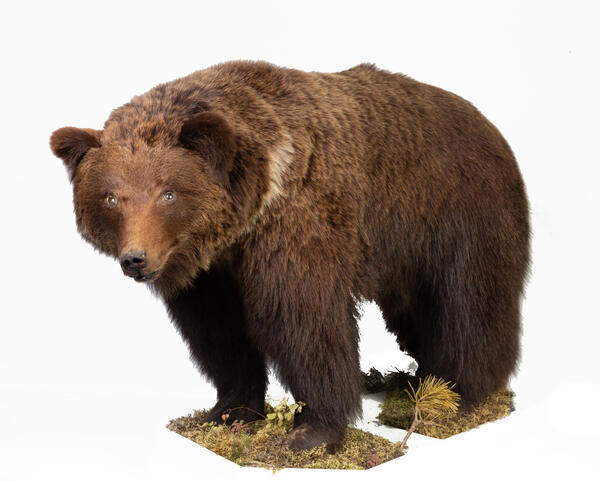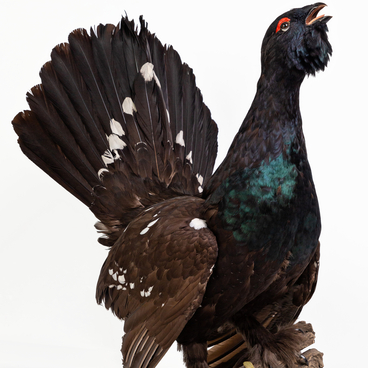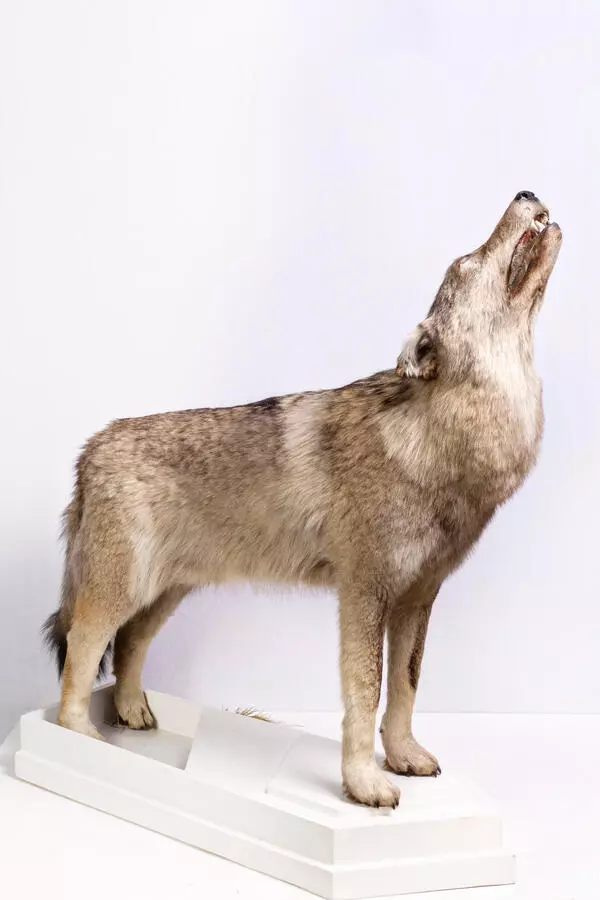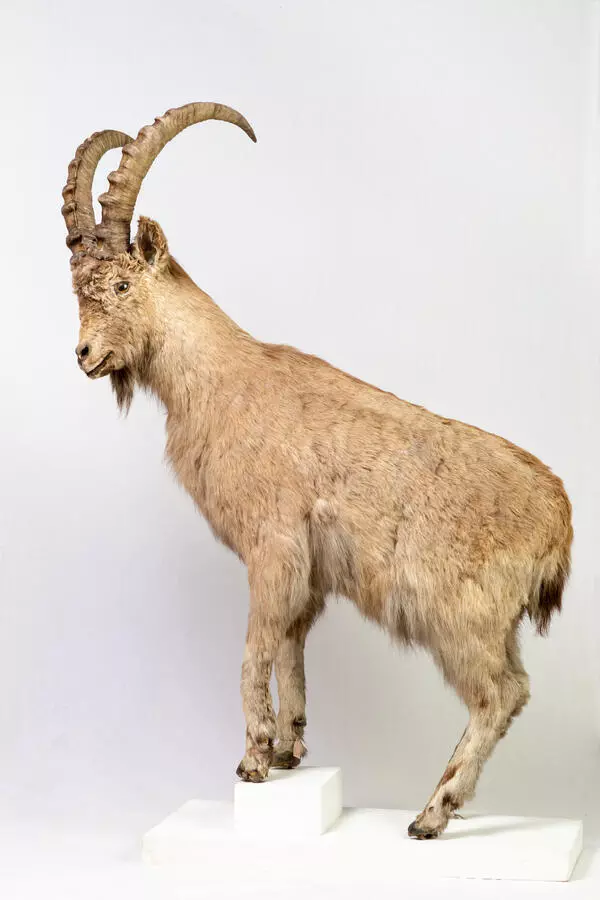The brown or common bear is a predatory mammal of the bear family, one of the largest and most dangerous terrestrial predators.
The habitat of the brown bear in Buryatia is the entire territory of the republic. It lives in large woodlands. It is most often found in the Eastern Baikal Region on Khamar-Daban. The animal prefers cedar trees.
Because of its ‘club-footed’ gait, the bear seems clumsy, but in fact it is a fast and very easy-moving predator that can reach speeds of more than 50 kilometers per hour. Bears are not distinguished by sharp vision and well-developed hearing. But they have a great sense of smell and a good memory. They remember all the berry and mushroom places and make regular visits there as they ripen.
The brown bear is omnivorous, eats plant food, insects, and loves honey. Although predation is not the main strategy of brown bears, they also prey on ungulates, such as roe deer, fallow deer, and common deer. Seasonal food items are fish during spawning. In years when food is poor, bears sometimes attack livestock and destroy apiaries.
In May or June on Lake Baikal, bears specially come down from the mountains to the shore of the lake to feast on the caddis flies. The larvae of these insects live in the water of Lake Baikal. After transformation, adults are coming to the shore with the only task, i.e. to leave offspring. At this time, swarms of insects are in the air. The Evenks call this phenomenon ‘lipachan’ that means ‘stuck together’. Sometimes, there are so many caddis flies that they densely cover the coastlines. Then the bears literally lick them off the rocks. By winter, the bear builds up subcutaneous fat and in the fall lies in the den. Dens are built in secluded places, such as near trees, in rocky crevices, or impassable windbreak, thus warming the shelter from the inside with moss and grass. On the southern slope of Khamar-Daban, dens dug under the roots of trees were repeatedly found, which may be explained by the lack of snow. In the period from December to February, less often in March, the bear gives birth to two or three tiny cubs. The weight of a newborn bear cub does not exceed 600 grams.
Many peoples revere the bear. The Buryats do not consider the bear the progenitor of any kind, but they have such signs of totemism as the belief in the transformation of a person into an animal. Bear hunting was accompanied by special ritual actions. The bear was honored, and people apologized to it. The Evenks also revered the bear spirit very much. They only turned to it in case of great troubles. Out of respect for the spirit bear and other forest spirits, the hunters never said that they were going to kill this beast and called it allegorically.
The habitat of the brown bear in Buryatia is the entire territory of the republic. It lives in large woodlands. It is most often found in the Eastern Baikal Region on Khamar-Daban. The animal prefers cedar trees.
Because of its ‘club-footed’ gait, the bear seems clumsy, but in fact it is a fast and very easy-moving predator that can reach speeds of more than 50 kilometers per hour. Bears are not distinguished by sharp vision and well-developed hearing. But they have a great sense of smell and a good memory. They remember all the berry and mushroom places and make regular visits there as they ripen.
The brown bear is omnivorous, eats plant food, insects, and loves honey. Although predation is not the main strategy of brown bears, they also prey on ungulates, such as roe deer, fallow deer, and common deer. Seasonal food items are fish during spawning. In years when food is poor, bears sometimes attack livestock and destroy apiaries.
In May or June on Lake Baikal, bears specially come down from the mountains to the shore of the lake to feast on the caddis flies. The larvae of these insects live in the water of Lake Baikal. After transformation, adults are coming to the shore with the only task, i.e. to leave offspring. At this time, swarms of insects are in the air. The Evenks call this phenomenon ‘lipachan’ that means ‘stuck together’. Sometimes, there are so many caddis flies that they densely cover the coastlines. Then the bears literally lick them off the rocks. By winter, the bear builds up subcutaneous fat and in the fall lies in the den. Dens are built in secluded places, such as near trees, in rocky crevices, or impassable windbreak, thus warming the shelter from the inside with moss and grass. On the southern slope of Khamar-Daban, dens dug under the roots of trees were repeatedly found, which may be explained by the lack of snow. In the period from December to February, less often in March, the bear gives birth to two or three tiny cubs. The weight of a newborn bear cub does not exceed 600 grams.
Many peoples revere the bear. The Buryats do not consider the bear the progenitor of any kind, but they have such signs of totemism as the belief in the transformation of a person into an animal. Bear hunting was accompanied by special ritual actions. The bear was honored, and people apologized to it. The Evenks also revered the bear spirit very much. They only turned to it in case of great troubles. Out of respect for the spirit bear and other forest spirits, the hunters never said that they were going to kill this beast and called it allegorically.
